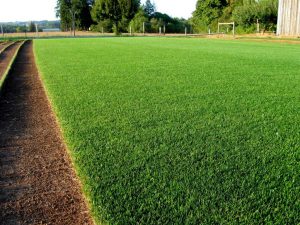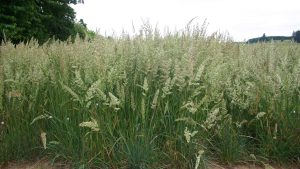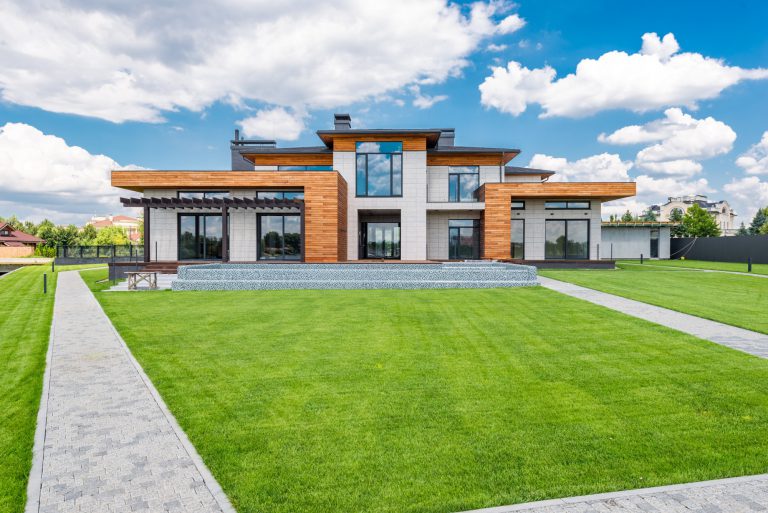Step 1: The First 14 Days Are Important
Thanks to Conwed Fibers, the establishment of your new lawn is easy. The seed, fertilizer, and mulch are in place. All you have to do is water it.
Keep the lawn moist at all times, preferably by frequent light sprinklings. However, if this is not possible, soak your lawn for 30 minutes or until runoff is detected. This watering process should be repeated twice a day (early morning and evening), every day for the first week and every other day after that until the first cutting. Don’t let the lawn dry out. If the germinating seedlings dry out, they will die.
Step 2: Watering Your Lawn
Watering is most effective if done during the evening or early morning hours when sunlight cannot cause excessive evaporation. After your lawn becomes established, it requires approximately one inch of water per week. The soil should be soaked through when watered. Water should penetrate at least 6” into the soil to insure deep rooting.
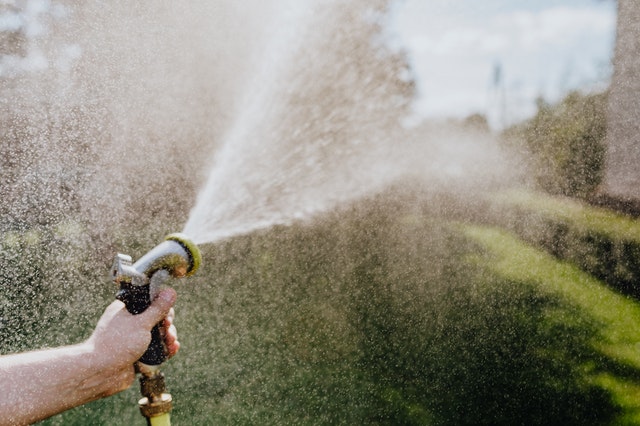
Step 3: Fertilizing Your Lawn
A commercial fertilizer was most likely applied with your lawn seed. This initial application of fertilizer should provide the nutrients to give the young grass seedlings a healthy-start. An additional application of fertilizer should be considered after two or three weeks of growth. Consult your landscaper or your nurseryman for more specific advice concerning the type and frequency that fertilizer should be applied.
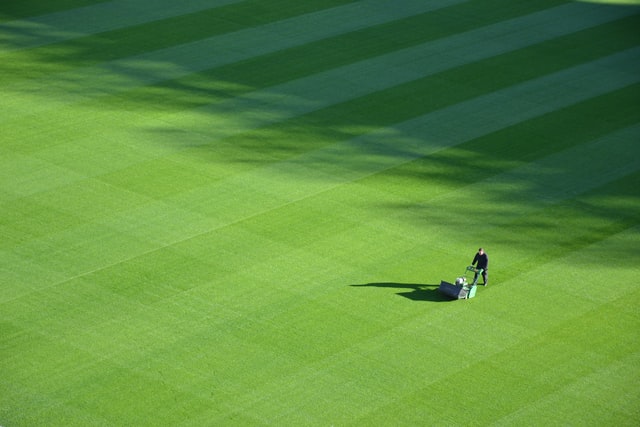
Step 4: Mowing Your Lawn
A new lawn should be mowed as soon as the grass blades are 2” to 3” high. Delaying the first cutting may allow long grass blades to bend over, causing a shabby appearance.
Subsequent mowing should be done often and lawn mower blades should always be kept sharp to prevent bruised and torn grasses which develop unsightly brown spots.
The cutting heights for lawns vary according to grass species. Creeping or spreading grasses such as Bermuda perform and appear best when mowed ½ inches to 1 inch high.
Step 5: Weed Control
Weeds will appear in your new lawn. They come from seeds which have lain dormant in the ground or which have been carried in by wind or birds. These weeds can best be controlled by growing good healthy grass. Grass which is properly watered, mowed and well fertilized provides too much competition for weed plants to gain any stronghold. Should your lawn ever become damaged or have bare spots, reseed immediately to prevent competitive weed growth from becoming established. If weeds do appear, consult your local nurseryman for the proper methods and chemicals to control weeds before they have gained a stronghold in your lawn.
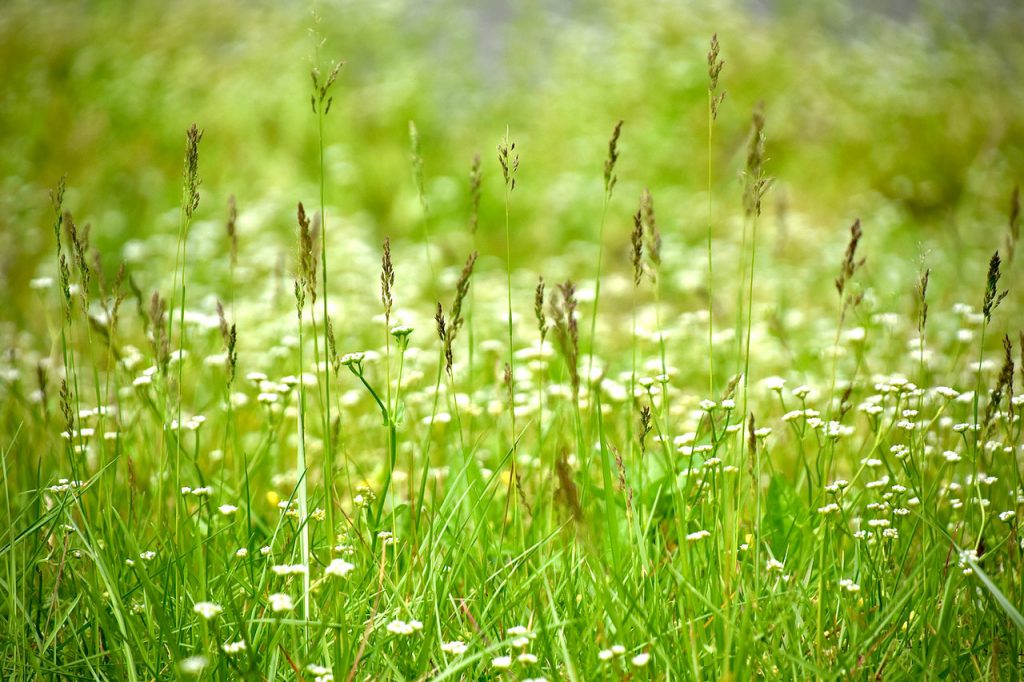

Step 6: Pest Control
Pest control generally requires chemical treatment. Your local nursery or garden center has a variety of compounds for use on new lawns. If a severe problem exists or pests are unknown, it is best to contact your county agent or state entomologist for advice.
Step 7: Lawn Diseases
There are many factors that may influence the existence of disease in the lawn. Geographic region, grass variety, moisture and soil type are several. Contact your lawn professional for information on controlling various lawn diseases.
Step 8: Maintaining Shaded Areas
Shaded areas require some additional effort to assure healthy turf. Turf in these areas generally suffer in three ways:
1. Tree root systems tend to rob nutrients from the grass blades.
2: Lack of sunlight caused by the shading effect of trees.
3: Fallen leaves create a matted condition which prevents the turf from adequate exposure to sunlight and air.
Adequate nutrients for turf can be provided by thoroughly fertilizing trees and heavily fertilizing the turf.


